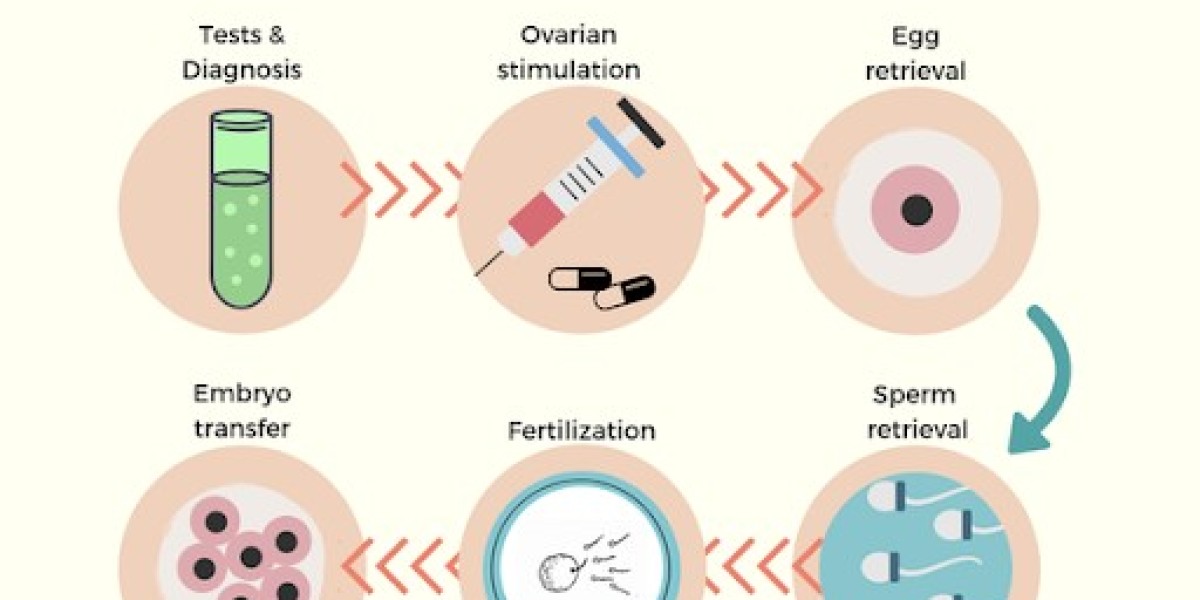In the realm of wildlife health, one ominous term has gained notoriety—“zombie deer disease.” Scientifically known as Chronic Wasting Disease (CWD), it's a formidable ailment impacting deer populations across various species. Beyond the sensational nickname, CWD presents a real and concerning threat to the health of these animals. Let's delve into the intricacies of this disease, exploring its origins, symptoms, ecological impact, and the measures being taken to curb its spread.
### **Understanding Chronic Wasting Disease (CWD)**
**1. The Culprit:**
- Chronic Wasting Disease is categorized as a transmissible spongiform encephalopathy (TSE), affecting deer, elk, reindeer, sika deer, and moose.
- It is caused by misfolded proteins known as prions, which accumulate in the brain, spinal cord, and other tissues.
**2. Symptoms:**
- Infected animals often display alarming symptoms, including drastic weight loss, abnormal behavior, stumbling, excessive salivation, and a vacant facial expression.
- The moniker "zombie deer disease" finds its roots in the eerie appearance and behavior exhibited by infected animals.
**3. Transmission:**
- CWD spreads through direct and indirect contact with infected animals, as well as through contaminated environments.
- Prions shed by infected animals persist in the environment, presenting a challenge in controlling the disease's spread.
### **The Threat to Wildlife and Beyond**
**1. Ecological Impact:**
- Chronic Wasting Disease poses a substantial threat to deer populations, influencing behavior, reproduction, and survival rates.
- The repercussions extend to ecosystems, potentially affecting predators and other species in a cascading manner.
**2. Concerns for Humans:**
- While no evidence currently supports CWD infecting humans, its similarity to other prion diseases raises valid concerns.
- Health officials recommend avoiding consumption of infected animals and exercising caution in handling carcasses.
### **Combating the Spread**
**1. Surveillance and Monitoring:**
- Intensive surveillance efforts are in place to monitor the prevalence and distribution of CWD.
- Infected animals are often euthanized to impede further spread.
**2. Regulatory Measures:**
- Some regions have implemented restrictions on the movement of deer carcasses and intensified testing in captive deer facilities.
**3. Research for Solutions:**
- Ongoing research endeavors strive to enhance our understanding of CWD, exploring potential treatment or prevention methods.
### **The Role of Public Awareness**
**1. Educating the Public:**
- Raising awareness about CWD is pivotal for promoting responsible hunting practices and preventing inadvertent disease spread.
**2. Reporting and Collaboration:**
- Encouraging individuals to report sick or abnormal-looking deer plays a vital role in tracking and managing CWD.
### **Conclusion**
Beyond the apocalyptic imagery associated with "zombie deer disease," addressing Chronic Wasting Disease demands a concerted effort. Collaboration between wildlife management authorities, researchers, and the public is indispensable. Vigilance, responsible hunting practices, and ongoing research stand as crucial components in managing and mitigating the impact of CWD on deer populations and the ecosystems they inhabit. As we navigate this enigmatic territory, our collective commitment to understanding and combating CWD ensures a healthier coexistence between wildlife and humanity.








